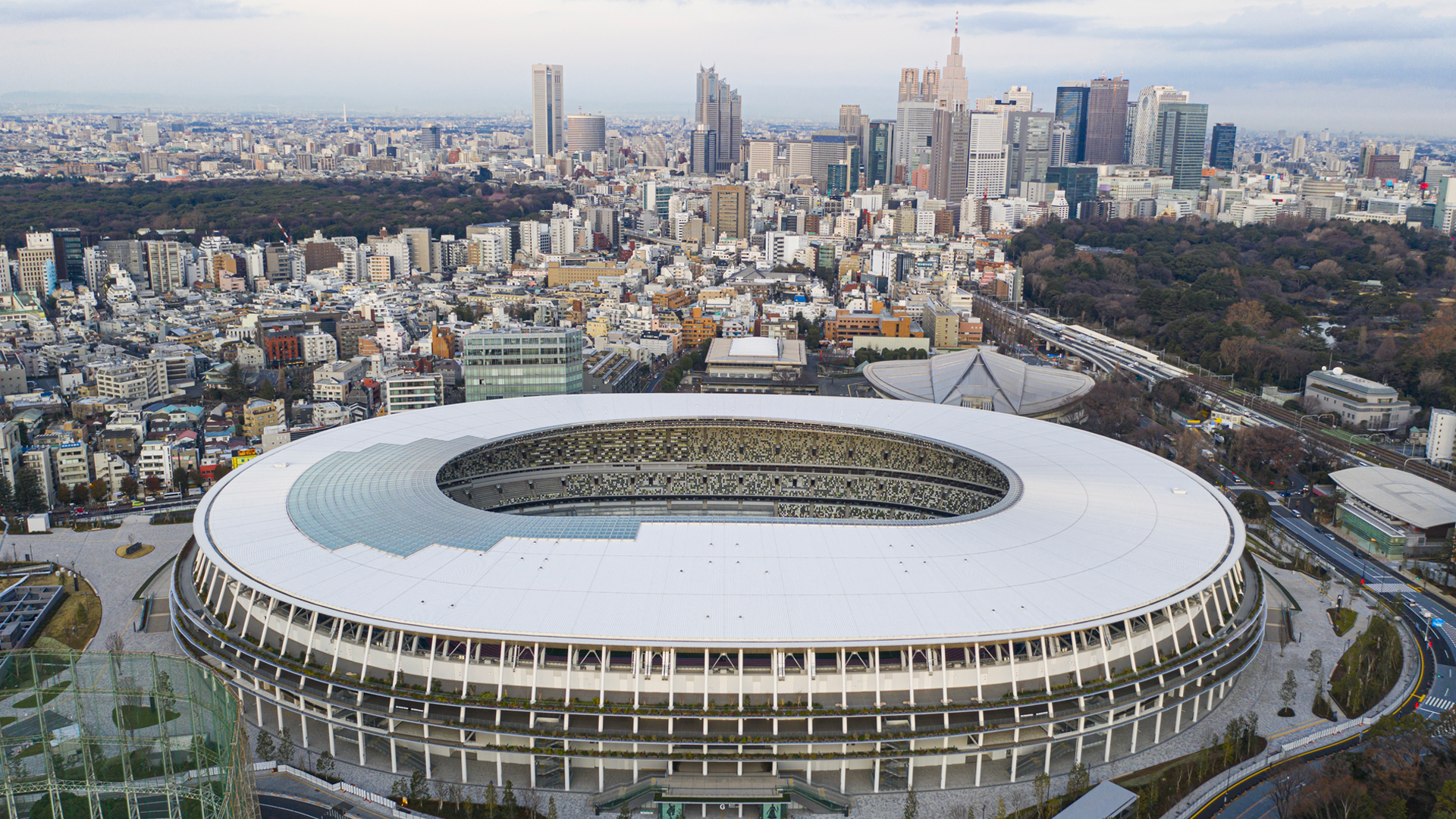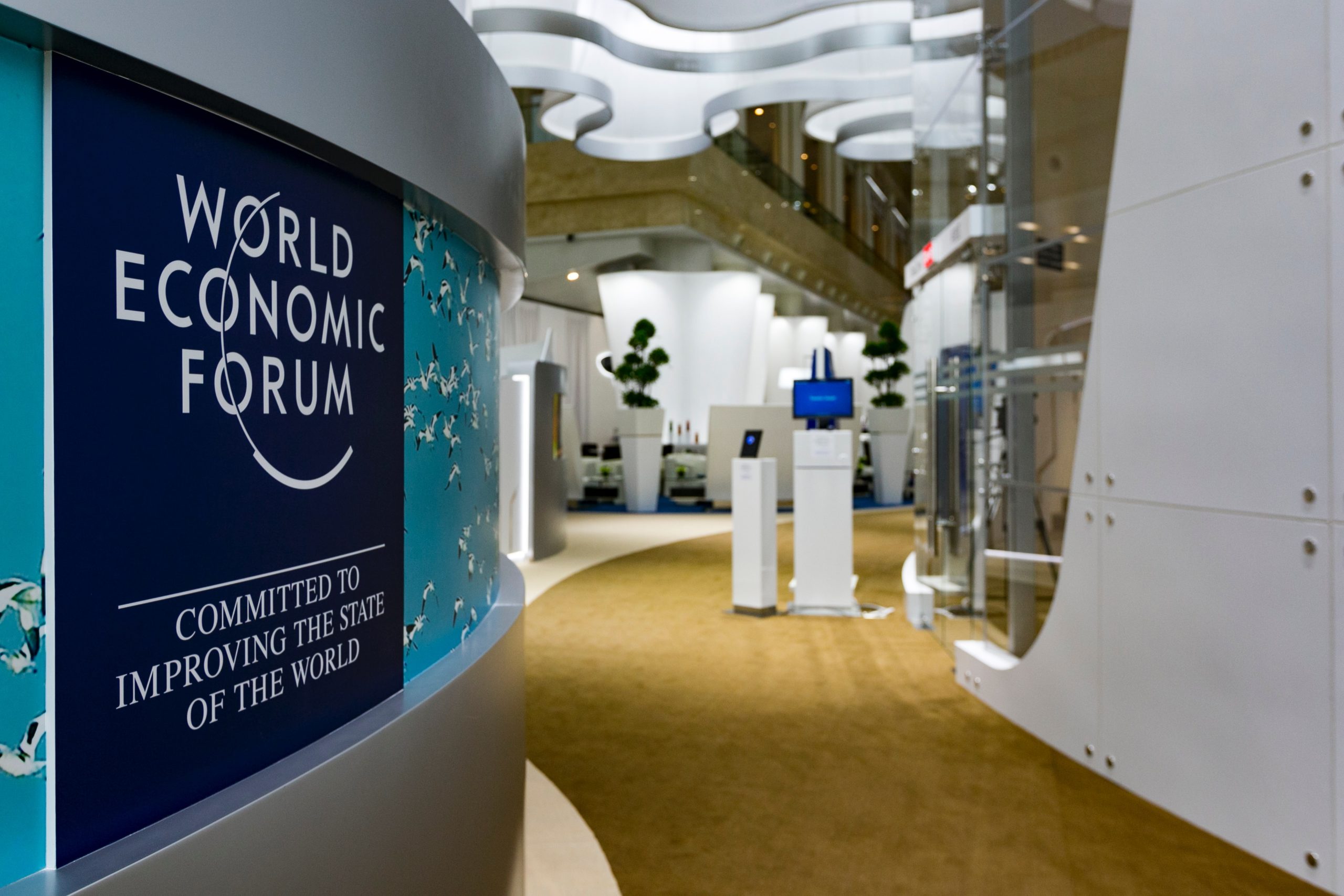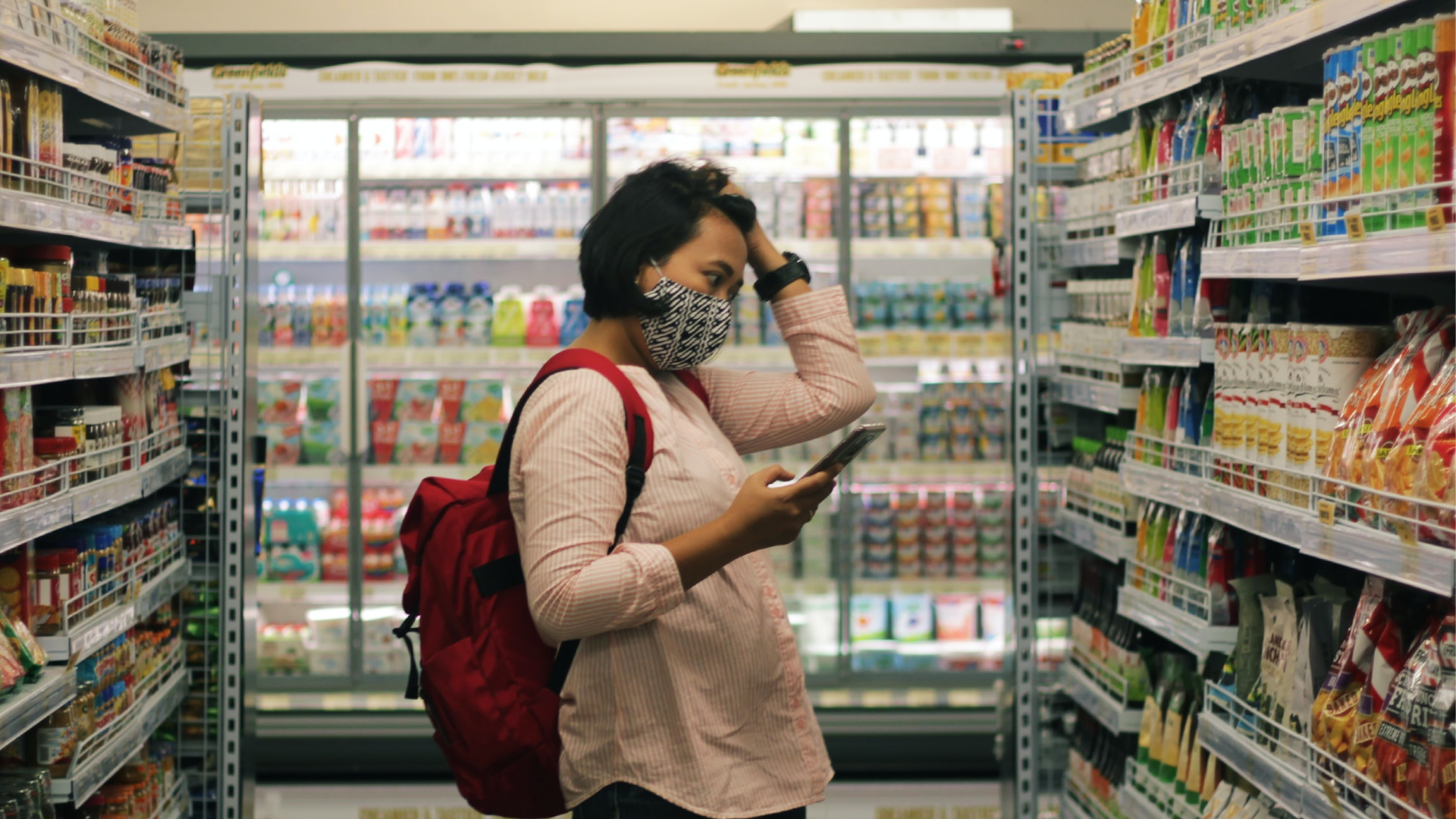After a year-long postponement, the Olympic and Paralympic Games Tokyo 2020 are less than a month away. While the journey to get here has been unpredictable, it served as a great reminder of the value we can bring as communications professionals to help our clients gracefully navigate unprecedented scenarios. Here are four lessons that our Sports specialty group has put into practice while planning (and re-planning) for a global sporting event during a worldwide pandemic.

Tokyo 2020’s 2,020 Contingency Plans
Every major sporting event requires issue and contingency plans, but Tokyo 2020 has truly proven their importance like no other event. Postponed in March 2020 as COVID-19’s spread left the world in lockdown, a seven-year planning process had to be reshuffled and compressed into 15 months.
It’s been a test of brands’ flexibility, as event logistics have shifted over the course of the year’s postponement and required not only activation changes, but also a keen awareness of appropriate tone of messaging as circumstances continue to evolve across the world.
As the Games now kick off in a month, the organizing committee has established strict safety procedures for the event and remains optimistic as Japan expands its vaccination efforts through private-sector company clinics, leading to the news that up to 10,000 local spectators will be welcome at events.
The message from the International Olympic Committee and International Paralympic Committee is clear: This will be a time to bring inspiration, unity and — perhaps most importantly — a sense of normalcy to the world once more.
“A Games Like No Other” for the Select Few
While many storylines continue to emphasize the differences these Games will have compared to others, and to what we originally expected — from “bubbles” to no foreign spectators to shorter athlete stays — there is a fundamental truth that is often overlooked: For the vast majority of fans, their experience of the Games will stay relatively the same.
More than 3 billion people will still tune in from their homes, on their couches, to watch the magic unfold on television and online. They will still scroll through social media and news sites to read about the humanizing stories of the seemingly superhuman athletes, learning their moments of weakness and motivations.
The stadiums may be quieter in Tokyo as the stands are limited to local spectators, but viewers will still be holding their breath as a gymnast sprints towards the vault. They will still lean closer to watch the underwater replay as two swimmers complete their last strokes in a nail-biting finish.
The draw of the Olympic and Paralympic Games lies in watching those incredible athletic feats from around the world, and there is no doubt that athletes will once again create inspiring and memorable moments this year.
Brands can tap into this spirit. When the world unites, companies need to meet consumers where they are. As consumers tire of COVID-19 messaging, brands have the opportunity to once again engage audience members with that sense of inspiration and normalcy the IOC is craving — focusing on pillars of storytelling that highlight the comfortingly expected but exceptional moments of the Olympic and Paralympic movements.
Defining a Sponsor Brand’s Why
This past Olympic cycle has seen a continuation of growth in the number of sponsorship deals, with both the IOC and United States Olympic & Paralympic Committee signing partners to brand new categories. As the media environment shifts and clutters, being a sponsor is no longer newsworthy in and of itself. Sponsorship opens a door to more easily participating in conversations around the Games and leveraging viewership numbers, but it is not the crux of brand conversations at the Games.
To be successful in fostering greater awareness and building deeper connections with their consumers, brands need to have an authentic message tied to their Olympic or Paralympic program. This does not mean that only endemic brands are welcome; it means that brand storytelling and purpose is paramount.
Nowadays, if brands want to be celebrated as partners, they have to be ready to be questioned as supporters. Why are they supporting the Games, or their chosen country? How can they make a positive contribution to the athletes, or the fans supporting them?
Having these answers, and articulating them through a PR campaign, not only helps protect brands during the pandemic but also creates a much more compelling program that media will want to celebrate.
Engaging in the Summer Buzz Without Being a Sponsor
While the Ketchum Sports team is fortunate to work with several IOC, IPC and USOPC sponsors, many brands overlook the opportunities non-sponsors also have.
Nearly half of the world will be tuning in during the competition, so it’s necessary for all communicators to ask: How does our brand authentically contribute to this discussion? What role can we play in creating a better experience for Olympic and Paralympic fans?
Finding a way to build on the excitement this summer, while following the rules, is a huge opportunity for all brands, sponsors or not.
Thankfully, the IOC, IPC and USOPC sponsors have less restricted access to partake in the conversation, with the coveted ability to use key intellectual property and logos, such as the Olympic Rings. Additionally, this Olympic and Paralympic cycle brings a loosening of Rule 40 in the U.S., allowing personal athlete sponsors to have a little more leeway as well.
After all, there’s arguably no larger stage than the world’s biggest sporting event — both for the athletes vying for the podium, and the brands telling their stories along the way.
Interested in learning more about how your brand can tell its story on the world’s biggest sports stage? Let’s connect — we’re ready to hear from you.
Photo credit: Arne Müseler / arne-mueseler.com / CC-BY-SA-3.0 /



